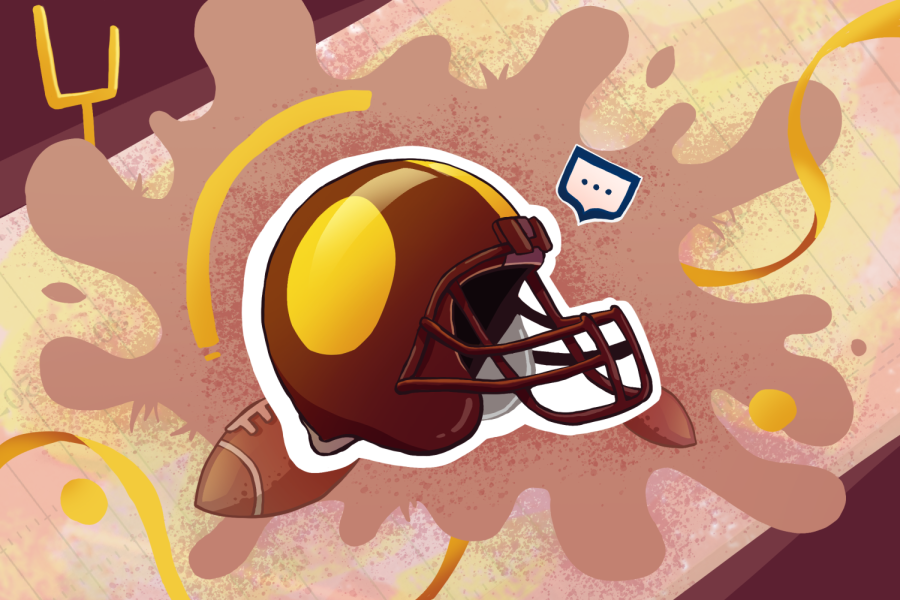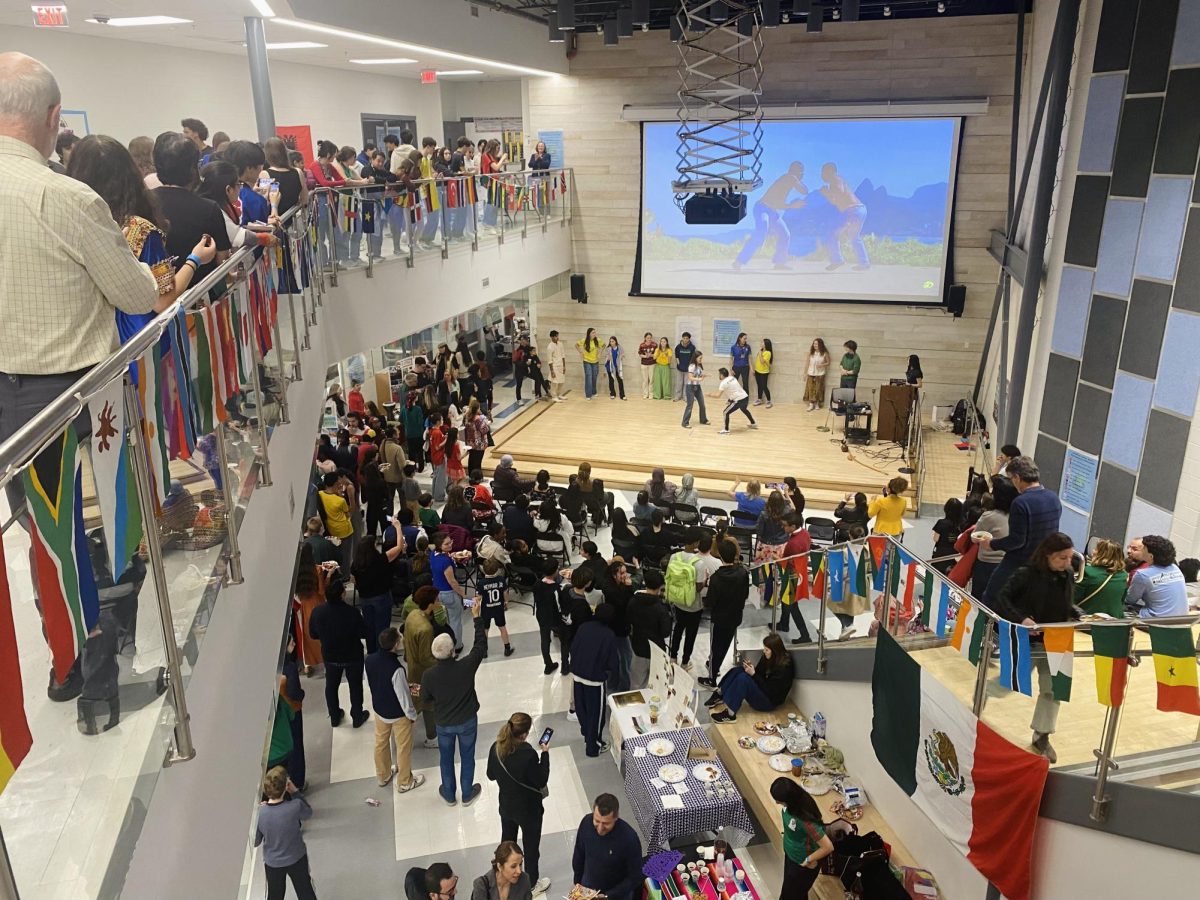Sports dominate the screens in bars, restaurants and living rooms today, but this wasn’t always the case. Before 1939, sports viewership in the U.S. looked vastly different. Fans had only two main options for watching games: either attending in person or tuning in to their radios to listen to the play-by-play. At that point, watching a game on television was still a distant dream.
Sports viewing began with live attendance, when there was nothing quite like the thrill of being in the stands surrounded by fellow fans and watching the action unfold in real-time.
However, in 1920, radio broadcasting revolutionized sports viewing. Fans could now listen to their favorite teams worldwide through comprehensive coverage and in-depth commentary. In the early days of sports broadcasting, experimentation was frequent and widespread. In 1921, the first voice broadcast of a college baseball game occurred, marking the start of live sports coverage as radio broadcasts. Radio broadcasting quickly became the primary medium for sports broadcasting. That same year, Pittsburgh-based radio station KDKA-TV aired the first live sporting event on the radio, broadcasting a boxing match between Johnny Ray and Johnny Dundee. A few months later, Harold Arlin announced the first Major League Baseball (MLB) game on the radio. These early broadcasts captivated listeners, bringing major excitement to live sports from the comfort of one’s home. Radio broadcasting expanded as local stations began covering hometown teams, creating a new connection between communities and their favorite sports.
With the radio also came the first modern sports bar in Long Beach, California. In 1979, former Los Angeles Rams offensive lineman Dennis Harrah and businessman John Morris opened Legends — the first bar to broadcast live sporting events via satellite. As technology advanced, sports bars began sprouting nationwide to provide fans with an environment to watch, eat, and drink with other fans cheering on their favorite teams.
Television broadcasts have been a staple for sports fans for a long time, providing coverage of games and matches worldwide. Though radio broadcasting was revolutionary, viewers were still unable to view games from the comfort of their homes. It wasn’t until May 1939, when NBC aired a college baseball game between Princeton and Columbia, that live sports broadcasting on television was introduced. In the summer of 1939, the Summer Olympics was televised in the United States, becoming the first major sporting event to be televised and changing the game for sports fans moving forward. As television technology improved, televised sports broadcasting and coverage improved as well. In 1951, the first color sports telecast showed a baseball game between the Brooklyn Dodgers and the Boston Braves. Fans could see the vivid colors of the game while catching the action from their couches. The evolution of national sports television played a significant role in bringing sports events to a broader audience, marking an important milestone in the history of televised sports in America.
Professional sports broadcasting took off in the mid-20th century when live coverage of sports events across various media platforms. Streaming services emerged as a convenient and flexible option for watching sports. Platforms like ESPN+, Hulu + Live TV and Sling TV offer live streaming of sports games and events. Sports leagues have also embraced technology by creating their own apps. The National Football League released their app in 2006 and the MLB released an app in 2008, allowing fans to follow the sports they love directly on their phones. Mobile apps have revolutionized how we consume sports content, putting the power of live streaming, scores and highlights directly into the palms of our hands. Whether using the ESPN app to watch Monday Night Football or the MLB app to check baseball game scores, mobile apps provide convenient access to sports content at any time.
Additionally, social media platforms like X, Facebook, and Instagram have become individual tools for sports fans seeking real-time updates and highlights. From live posts on X to post-game analysis, social media platforms provide a forum for students to engage with fellow fans, athletes, and teams.
Social media also allows sports icons to gain their own following and fan base. Los Angeles Lakers basketball stars LeBron James and Stephen Curry have created a massive following on social media to help their athletic platforms. Social media also allows athletes to use their platform for advocacy. LeBron James has almost 160 million followers on Instagram, where his fans know him for his philanthropic initiatives and his role in activism. Social media provides a dynamic and interactive way to stay connected to the sports world while getting to know athletes for what they do outside their careers.
Even now, the role of sports broadcasting has expanded to include virtual reality technology (VR). VR entertainment has opened up new possibilities for sports fans, offering an immersive 360-degree experience, enabling fans to feel like they’re courtside at a basketball game or ringside at a boxing match. While VR technology is still in its early stages of development, it can revolutionize sports and how we view them, offering a truly immersive experience and interactive viewing process. With VR products now evolving, who knows what other technology will continue to advance sports viewing?













